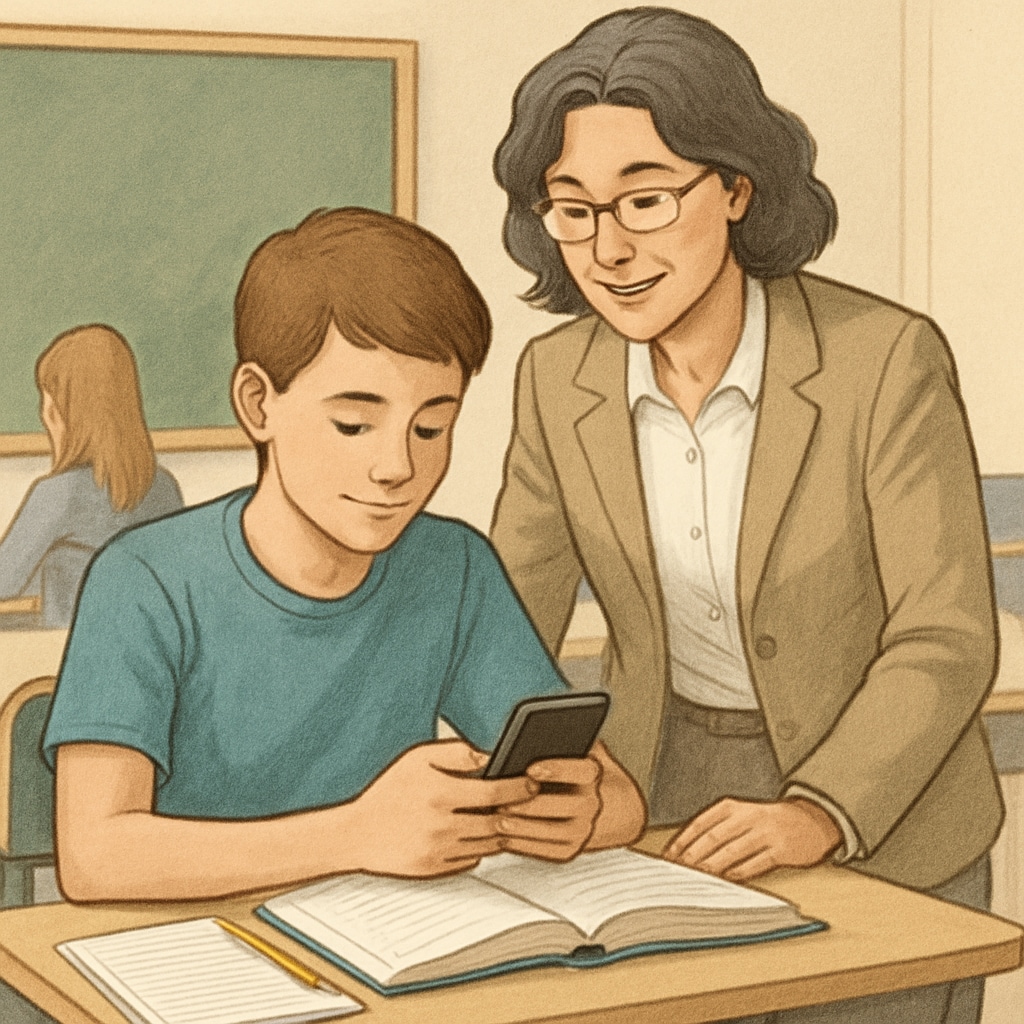The debate surrounding “phone bans, school safety, learning interference, and privacy concerns” has gained momentum as more states enforce strict regulations on mobile device use in schools. While proponents argue that such bans create a focused learning environment, opponents emphasize the necessity of digital tools in modern education. This article explores the advantages and disadvantages of campus phone bans and suggests a balanced solution to address both educational priorities and real-world needs.
The Case for Campus Phone Bans
Advocates of school phone bans argue that removing mobile devices from classrooms significantly enhances the focus and productivity of students. Phones are often associated with distractions like social media, texting, and gaming, all of which can disrupt the learning process. Additionally, reducing phone usage in schools can help decrease cyberbullying incidents and foster stronger interpersonal relationships among students.
From a safety perspective, limiting phone access during school hours can prevent the unauthorized sharing of sensitive information, reducing privacy risks. For example, phones can be used to capture and distribute personal images or confidential school data without consent. By implementing a ban, schools can safeguard both students’ and staff’s privacy.
- Enhanced focus: Students can concentrate on lessons without the temptation of notifications or social media.
- Reduced bullying: Cyberbullying incidents may decrease as students are less likely to misuse devices during school hours.
- Privacy protection: Prevents unauthorized sharing of personal or sensitive school-related data.

Challenges of Enforcing Phone Bans
Despite the potential benefits, phone bans also present notable challenges. Modern education increasingly integrates technology, and smartphones often serve as essential tools for research, collaboration, and communication. Completely banning phones might limit students’ access to these resources, particularly in schools with limited computer or tablet availability.
Furthermore, opponents argue that such bans may ignore the importance of teaching digital literacy—a critical skill in the 21st century. Rather than prohibiting phones altogether, some suggest that schools should focus on educating students about responsible technology use. Additionally, concerns about emergency communication arise, as parents may prefer to stay in touch with their children throughout the school day.
- Limited access to learning tools: Smartphones can provide valuable educational resources.
- Missed opportunity for digital literacy: Students may not learn how to use technology responsibly.
- Emergency communication: Parents and students may feel disconnected in urgent situations.

Striking a Balance: A Middle-Ground Approach
Instead of implementing a blanket ban, schools might consider policies that allow supervised and controlled phone use. For instance, teachers can designate specific times or activities where phones are permitted for educational purposes. This approach encourages responsible behavior while ensuring that students can still benefit from technology.
Additionally, schools could invest in digital literacy programs that teach students how to use mobile devices effectively and ethically. By fostering a culture of accountability, schools can address the concerns of distraction and misuse without completely removing a valuable resource.
To achieve this balance, schools could implement measures such as:
- Creating “phone-free zones” in classrooms while permitting usage in designated areas, like libraries.
- Monitoring phone use during lessons to ensure it aligns with educational goals.
- Providing workshops on cybersecurity, digital etiquette, and responsible online behavior.
By adopting these strategies, schools can maintain a focused learning environment while preparing students for the challenges of a technology-driven world.
Conclusion: The debate over campus phone bans highlights the complex interplay between fostering a productive learning environment and addressing the realities of modern life. While the benefits of reducing distractions and enhancing school safety are evident, the challenges of limiting essential tools and digital literacy must also be considered. A balanced approach—combining restricted use with education on responsible technology—offers a practical solution to meet the needs of students, educators, and parents alike.


